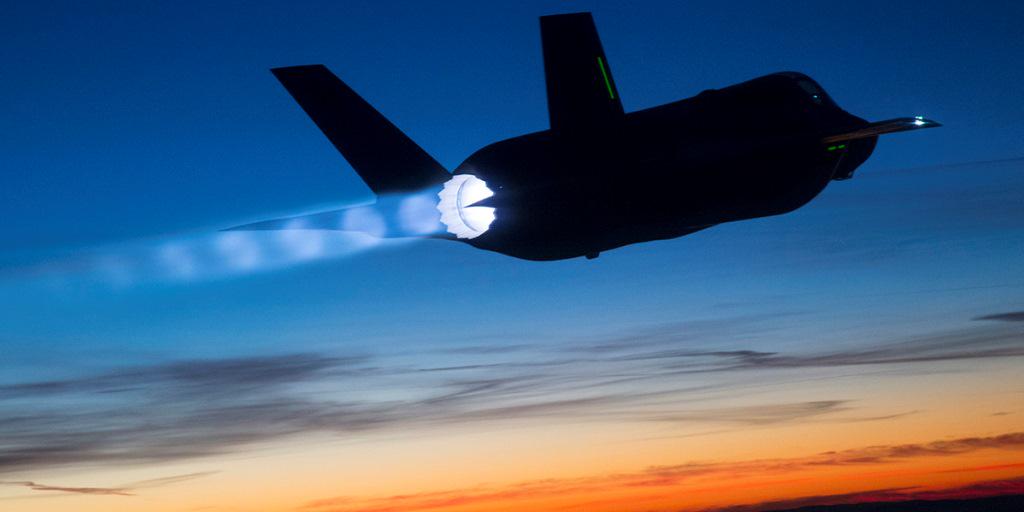The 747 was an over built giant
that determined how many seats is needed for almost every route it flew and
sometimes on routes it shouldn't fly. Its 400 seat range on four engines, sometimes didn't fill up the cabin for the fuel that was loaded, and then airlines wanted something better by going with less than 400 seats on just two engines. Then came the wide bodies. The 777 and
787 were more fitted for having less than capacity of tickets on routes that sometimes would become awkward to the financial bottom line. By having twin engine mid-bodies, the empty seat risk on having a four engine 747 was averted. First the
777 XWB and then the 787 came to the rescue, and now United Airlines will retire its
747's in 2017.

The two engine vs four engine and the 250 vs 450 seat
strategy is settled. Some like it cold and some like it hot. There is a time
and place for the right size and a seat number on every route, and every situation while not cramming 550 in an Airbus A-380 with so many is not the answer, and was a
bad business decision because the 747 already answered how many seats is
needed.
Boeing as an irritation and a stumbling block for the A-380, introduced the 747-8 on the cheap since it wasn't a clean sheet design and
didn't experiment with new technology, but used the already proven and
"paid for" 787 technology. The A-380 though, was a clean sheet design
trying to beat a 1960's Boeing Idea, the 747.
Boeing had long researched out how many seats for a given route is
best for a customer and came up with... well what they came up with was a twin
engine wide body. Then United Airlines just announced its retirement of the
venerable 747 during 2017. Perhaps this is the customers answer to Boeing's
decision of faking out Airbus and then it stumbles into Boeing's trick of playing off
the Euro's arrogance when it builds the world’s largest at something.
Billions invested in the behemoth and so few on backlog. In fact
there are more A-380 cancellations than orders over the last few years.
So many Airbus orders lost is an unintended consequence played out when introducing the 777X and the 787. Maybe Boeing research was right when planning only 250 seats
taking off twice a day giving passengers a choice of when to depart and having so many choices of where to fly. The common sense of it all beats getting-on only once a day during rush hour at unprepared terminals.
The seat spot was not consulted with when conceiving the A-380 own conventional wisdom. The 747 already had explored the seat potential and then
encouraged Airbus to keep up the good work when announcing once again, its
747-8i. At that moment, the A-380 was doomed as Boeing mopped up all its
leftovers the Airbus clan had hoped to capture. It lost the freight concept to the 747-8F.
It lost out to Boeing customers who would rather not have a double Airbus on the
side. It just lost out when pushing forward with some sort of mental momentum,
and now this, United retires its 747's!!!. The B team, "loves it when a
plan comes together". The newly renamed A-380 relishes in its moniker,
"The White Elephant". The soon to be renamed concept,
"night-mare liner" reaches the Airbus bottom line as it can't
complete its current backlog.
Most books count 319 A-380's ordered and it has delivered 200 of
its type. The backlog stands at 119 by most books tracking this disaster in the
"making". The 747 smiles on, "Been there, seen it, and done
that". It’s so 1970's, Airbus you rascal. Perhaps Airbus is a quick study
since they came out with Rolex (Rolodex) knock-offs called the A-350 800, 900, 1000,1100,
2000, "getting the picture of what it looks like to grasp at straws". An American
Indian customer named, "Tonto", would not trade for plastic cutlery
like the A-350, kemosabe.
Wikipedia:
"Ke-mo
sah-bee (/ˌkiːmoʊˈsɑːbiː/; often spelled kemo sabe or kemosabe)
is the term of endearment and inventive catchphrase used by the fictional
American Indian sidekick Tonto, in the American television program The Lone
Ranger. ... In the 2013 film The Lone Ranger, Tonto states that it means
"wrong brother" in Comanche."
Airbus has underestimated Boeing at every turn with its own air of
incompetence. Meanwhile back at the Boeing ranch, United Airlines will receive
more 787-9's this year and the 747 makes room on the flight line by retiring.
Having your seats in a row before you build something, is more important than
just being big.


















